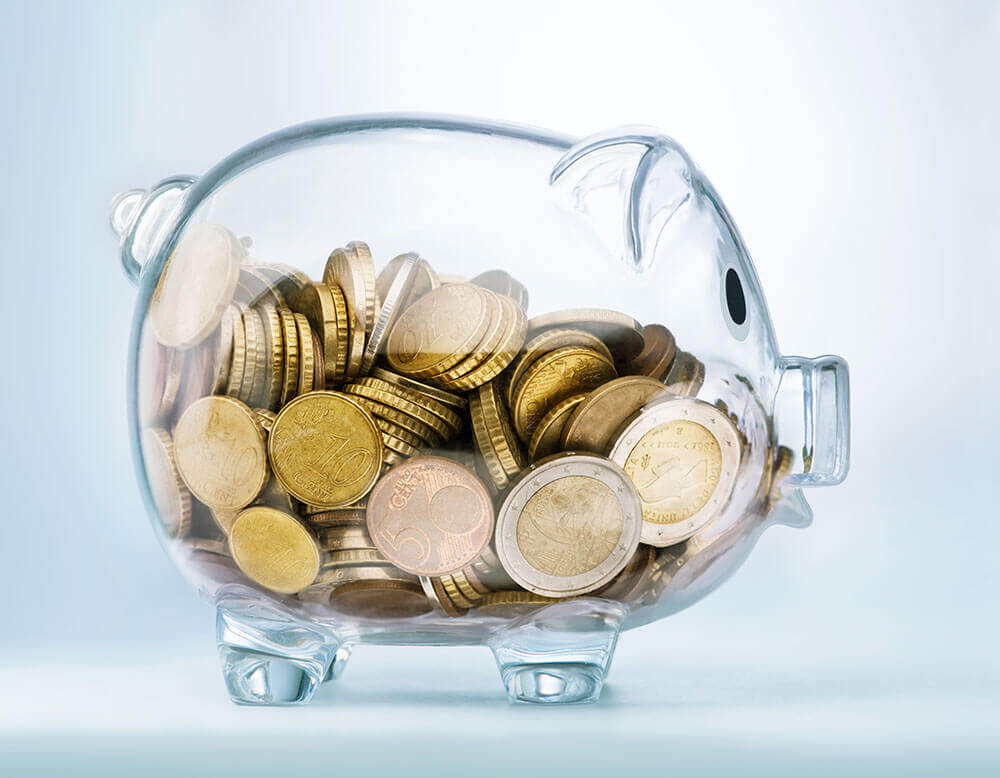Hoteliers and property managers are often looking for new ways to maximize revenue, but achieving peak earnings requires the right hotel pricing strategy to be implemented at the right time.
NB: This is an article from Cloudbeds
In fact, the key to your success could be making room rate adjustments based on demand and customer segmentation in conjunction with other strategic changes. Let’s dive into other key factors that will help you take the guesswork out of your hotel pricing strategy.
How to develop the best hotel pricing strategy for your property
The first key to creating the best pricing strategy for your hotel is to understand your market and meet its demands. You also need to be aware of your guests’ demographic and their needs and expectations.
When it comes to understanding your guest demographic, it’s imperative that you have a clear understanding of where your demand comes from and the specific factors that play a role in the seasonal demand of your property. For example, do you notice that you get more business travelers demanding single rooms during the winter months and families requesting suites in the summer? You can refer to your PMS reports to give you a clearer view of your customer demographics data. Another tactic is to use Google Analytics to track business and segments coming to your website.
Beyond understanding your own market, you need to observe the competition that exists within your market. Your competitors should be a part of what drives your strategic decision-making process regarding price, discounts, and advertising. You can start by analyzing your top competitors, and researching everything from their location, amenities, accommodations, and prices. Make sure to shop their prices regularly to see what offers/promotions they’re running and when they increase or drop their rates.
Always know your competition and their rates. An increase in their prices could mean that you need to adjust your rates accordingly. Also keep an eye out for an increase in demand and a lack of inventory in competitor properties as this could indicate an opportunity for you to adjust your pricing as well. For deeper insight into your market, competition and your property’s performance (including segmentation of your business) – use you can use a pricing intelligence tool like PIE.
Maximize midweek bookings
If you’re looking to increase profits and grow your business, an often-overlooked strategy is to increase midweek bookings. There are many ways to do this, however it’s not as simple as just dropping rates. While this may attract more business, it won’t be good for the long-term health of your property.
Look to add value for your clients. Create packages and use clever distribution techniques. Here’s some ideas for where to start:
- Create an email marketing plan utilizing previous guest data in an effort to attract repeat guests
- Take advantage of reservations made Friday through Sunday and offer an extended stay of one or two nights at a lower price
- Develop relationships and collaborate with other local businesses to offer special promotions and giveaways for a midweek stay
- Offer special packages and discounts to midweek guests
- Capitalize on local midweek events by promoting your property as the best place to stay. You can even create a social media post using the event’s hashtag to get more visibility
For example, the hotels in the Temecula Wineries destination collectively participate in midweek and weekday hotel deals as an incentive to attract more guests to the area. Each hotel is then responsible for creating their own special offer.
Run effective promotions
One way to get ahead of your competition when demand is low is by using promotions, discounts, and special deals. When demand is slowing down, these deals can be used to attract more bookings.
By offering things like spa or restaurant incentives, room discounts, multiple night discounts, free nights, etc. you can start to get ahead of the game. By doing these short promotional bursts you’ll gain some traction in bookings and avoid your hotel being perceived as low-quality or constantly discounting.
As an example, hotel FieldHouse Jones even offers discounts and evening events at it’s onsite cafe, restaurant, and slot car racing space. This way, they are not only dependent on guests for an inflow of revenue, they also bring in added profits from the local community. This tactic also has the added benefit of providing guests the feeling of an authentic travel experience since they get to intermix with the local community; it’s it’s a win-win for everyone.
Sell last-minute inventory
Technology has done a lot for the hotel industry, in fact, recent statistics show that up to 80 percent of last-minute bookings are made on mobile devices. This trend represents a huge opportunity for hotels to set a hotel pricing strategy right up until the last possible minute.
The best way to sell off these last-minute rooms is through a pooled inventory system via a channel manager. This creates a seamless two-way connection to your property’s various booking sites, like Booking.com, Expedia, or Airbnb, and ensures that the constant flow of information is reliable and up to date.
Additionally, by monitoring your competitor’s rates in real-time, you will be able to make informed hotel pricing decisions to ensure those final rooms are sold without compromise.
Understanding the importance of data
In the fast-paced hotel industry, having real-time data can mean the difference between getting ahead of your competition or being left in their dust.
Without a property management system that provides reliable, real-time data on your guests and business, you won’t be able to track the information that’s crucial to building a successful hotel pricing strategy.
Having the most up-to-date data at your fingertips allows you to assess the level of live demand in the market so that you can react faster and more accurately.
Final Thoughts
The right hotel pricing strategy is necessary to create healthy profit margins and continued revenue growth for your hotel.





